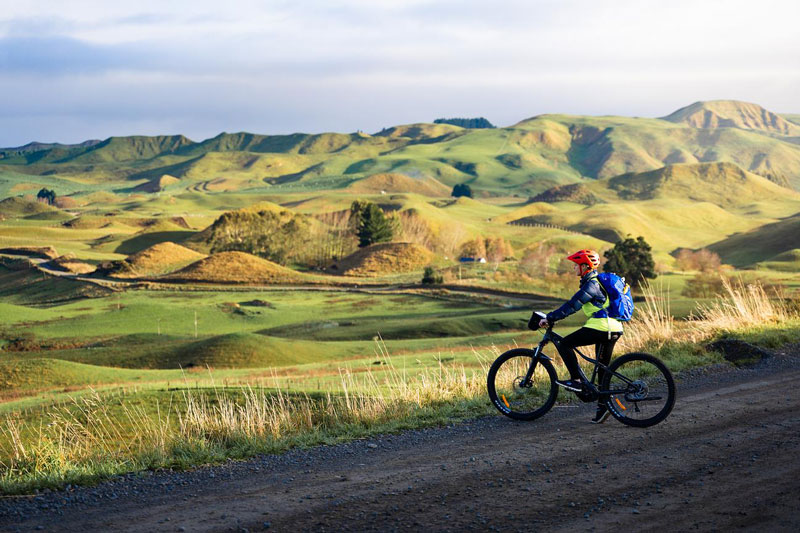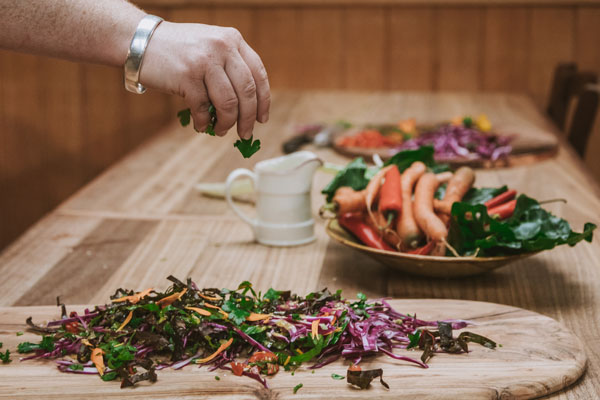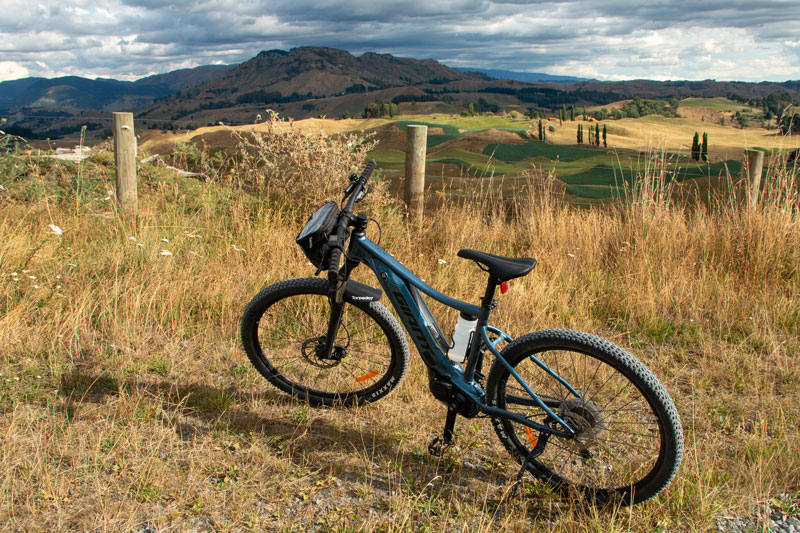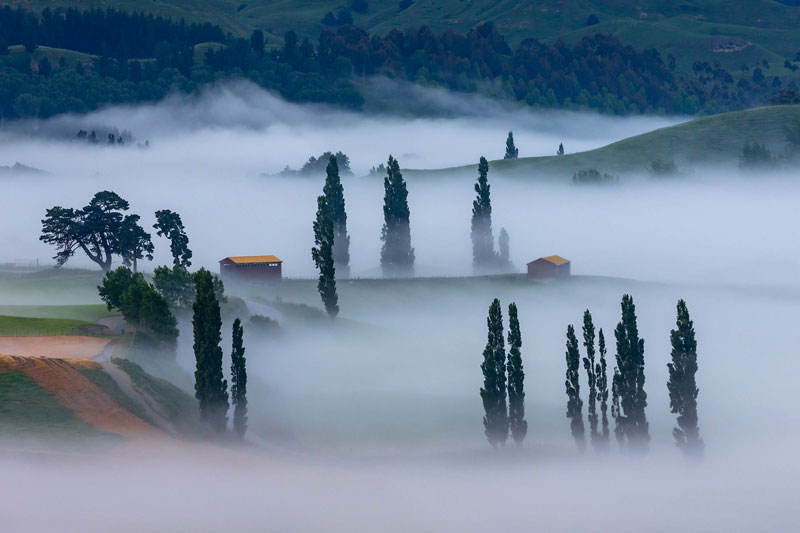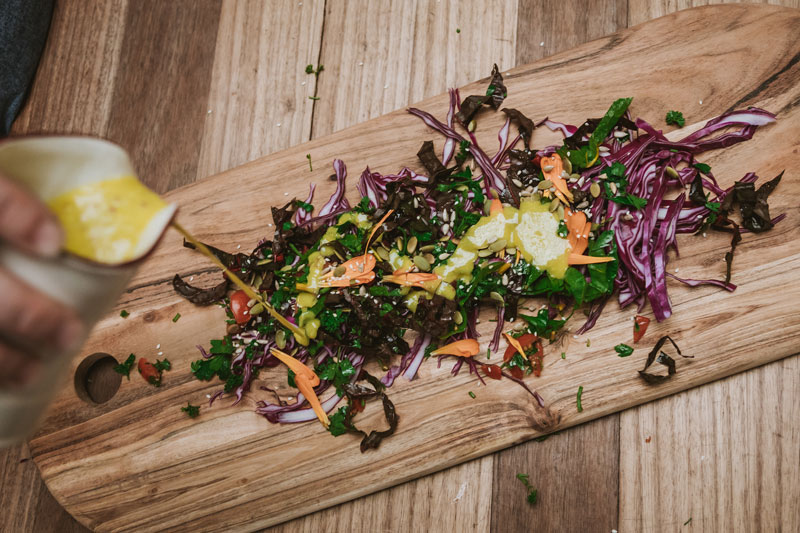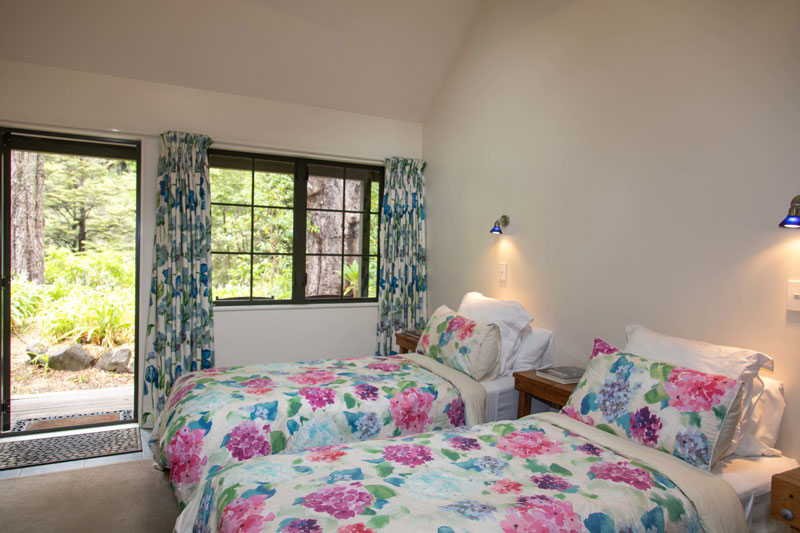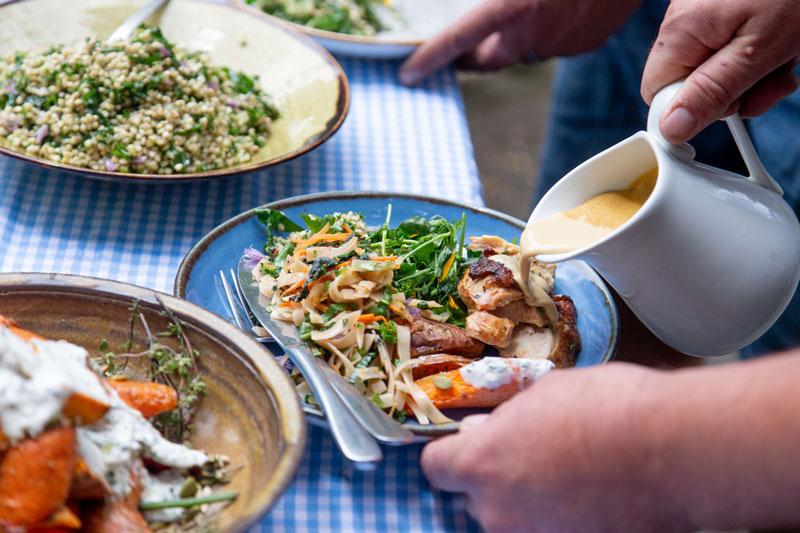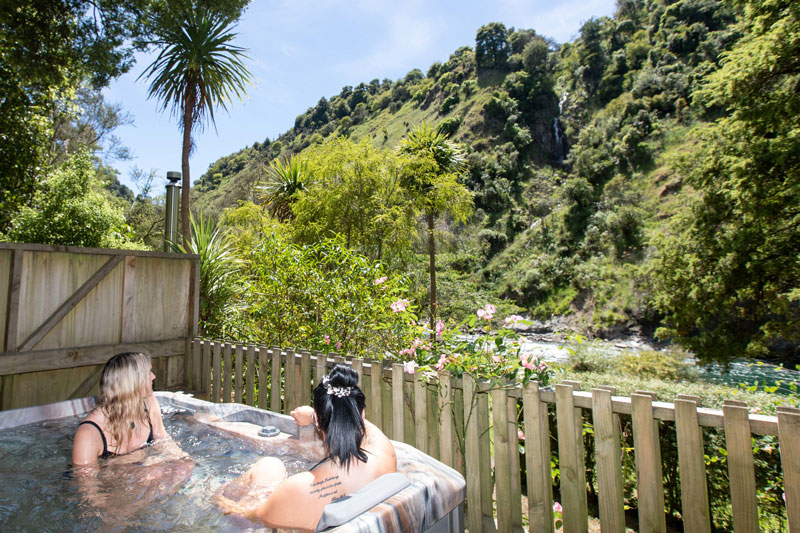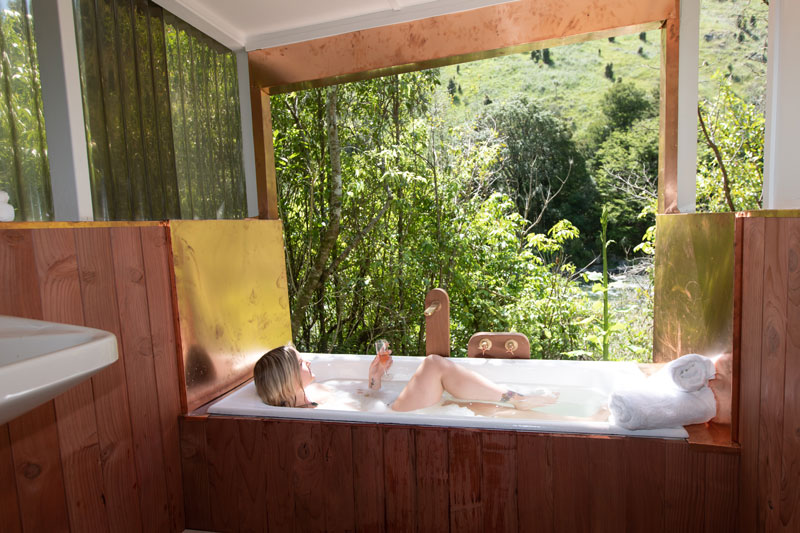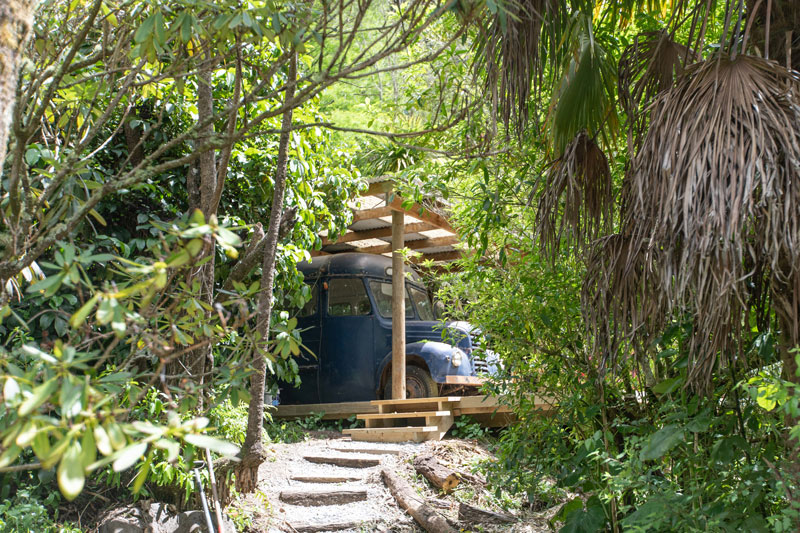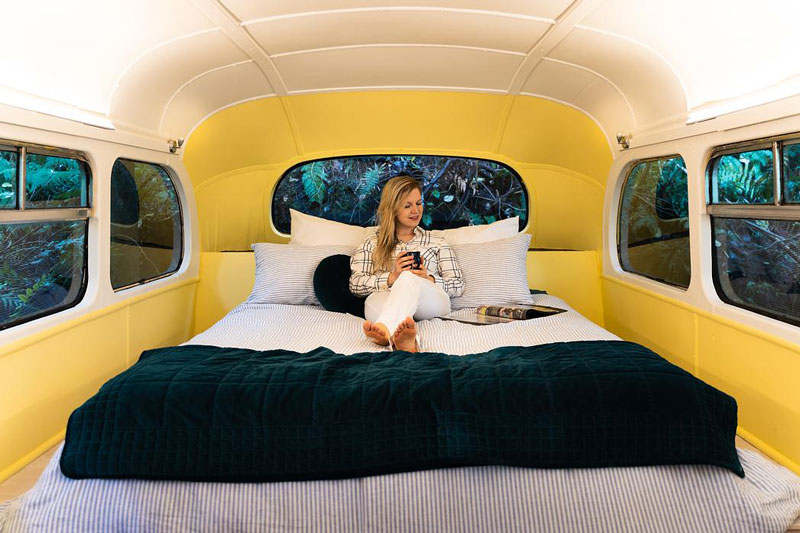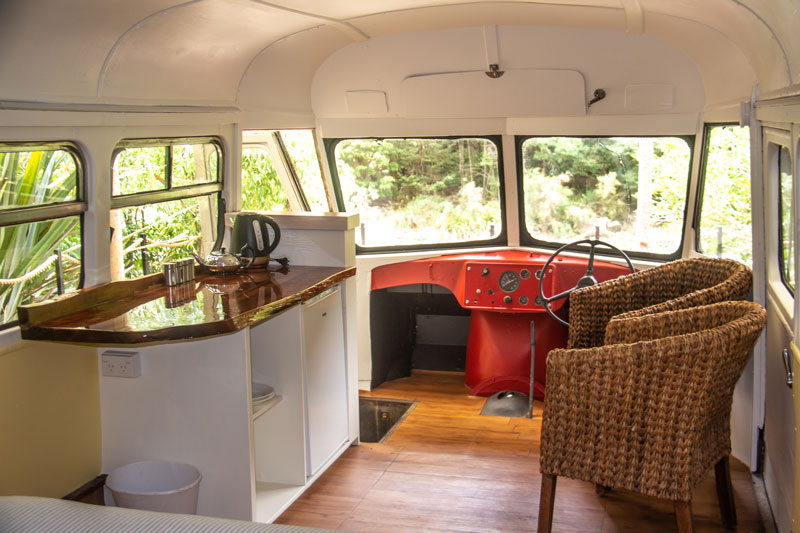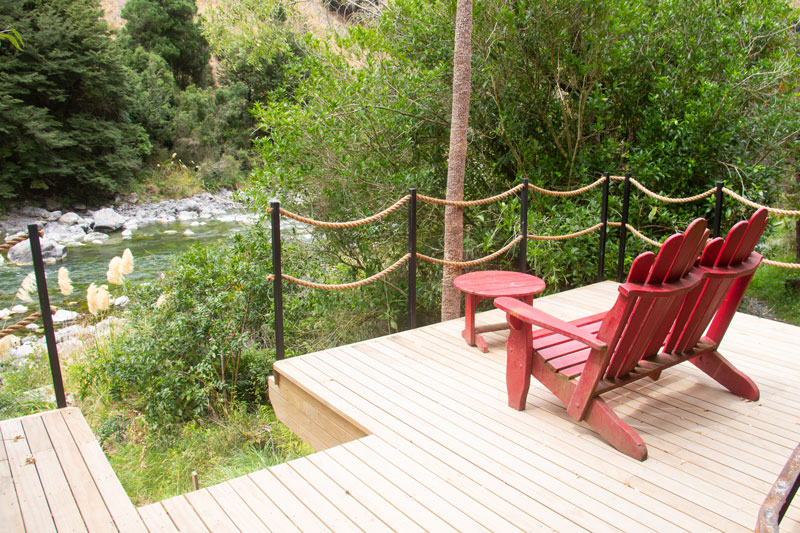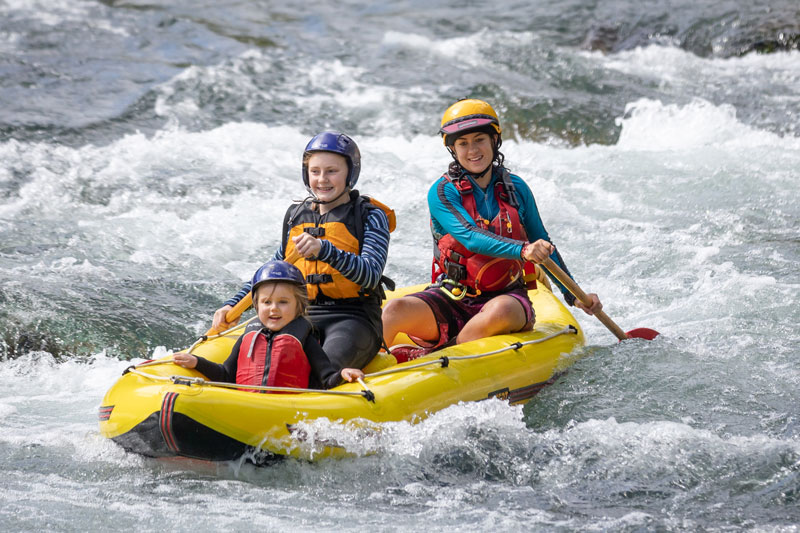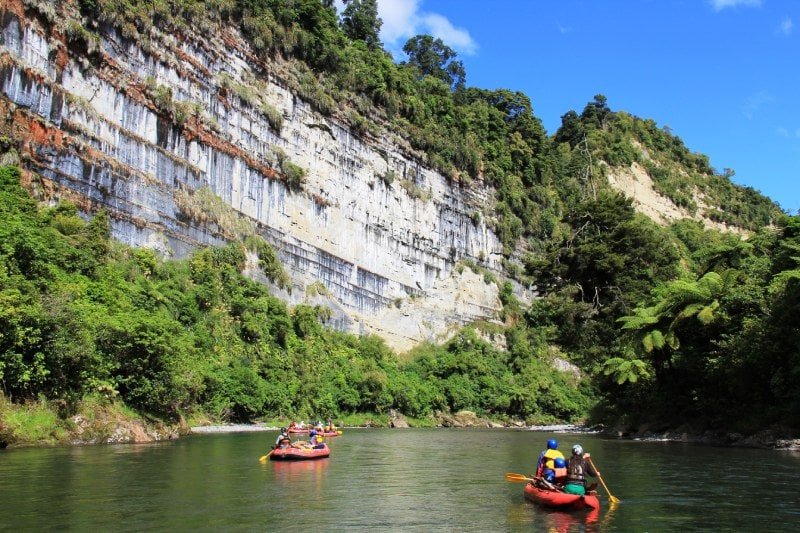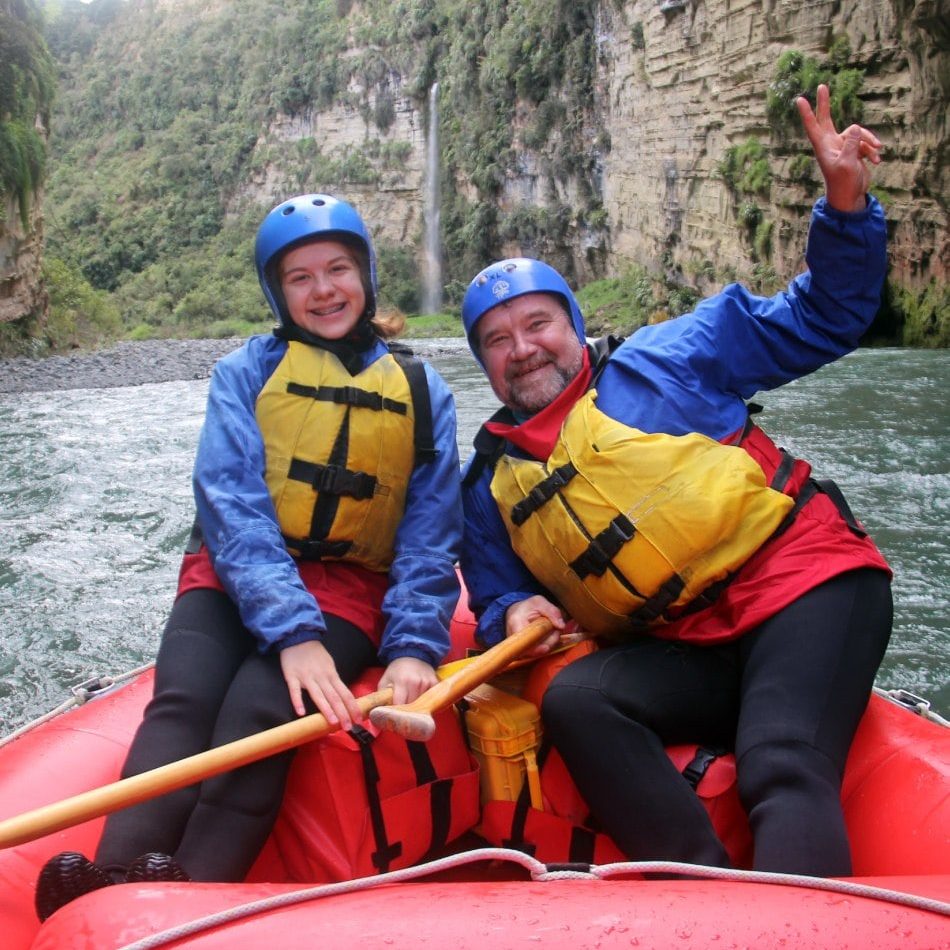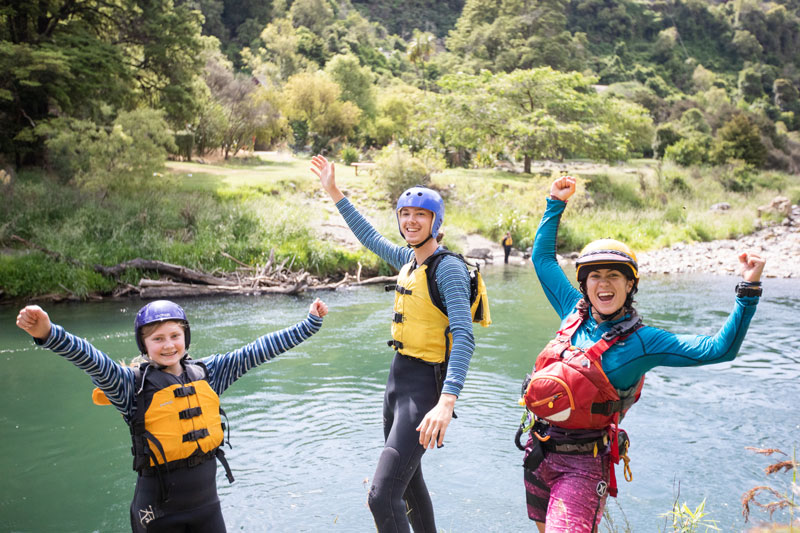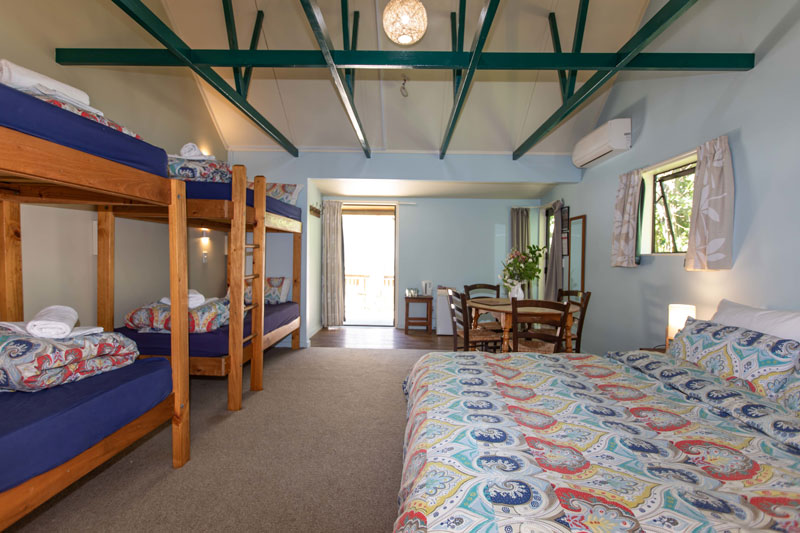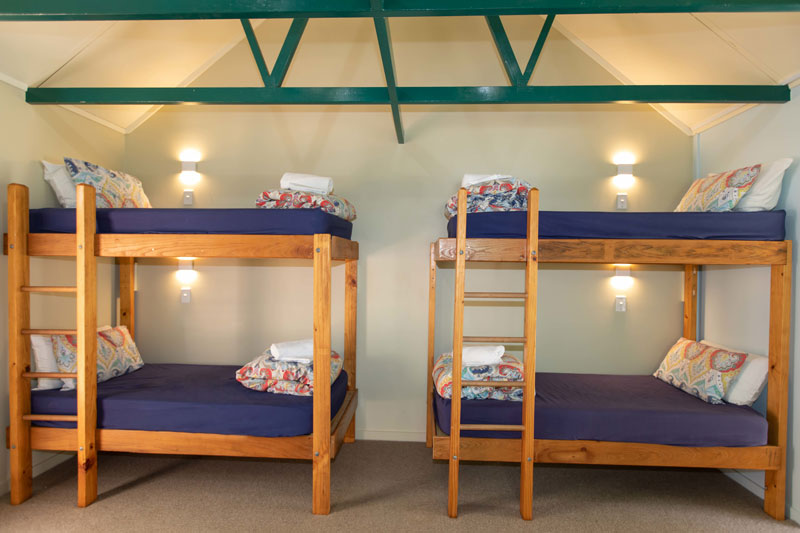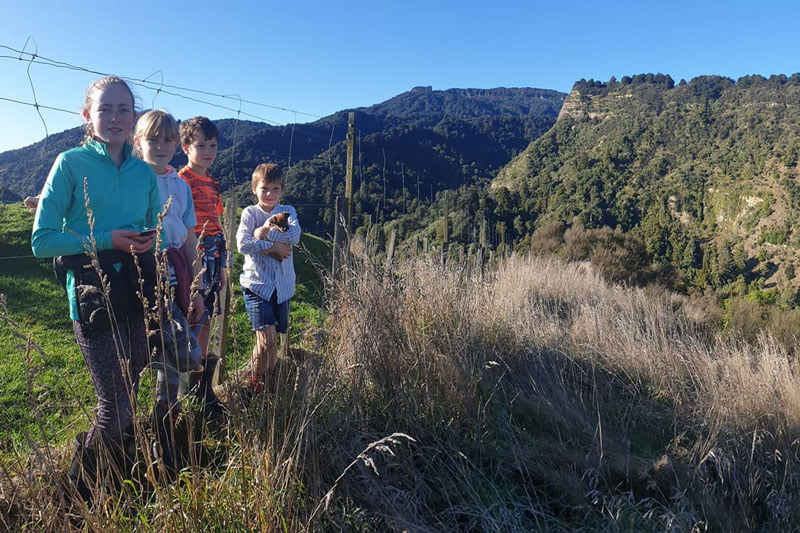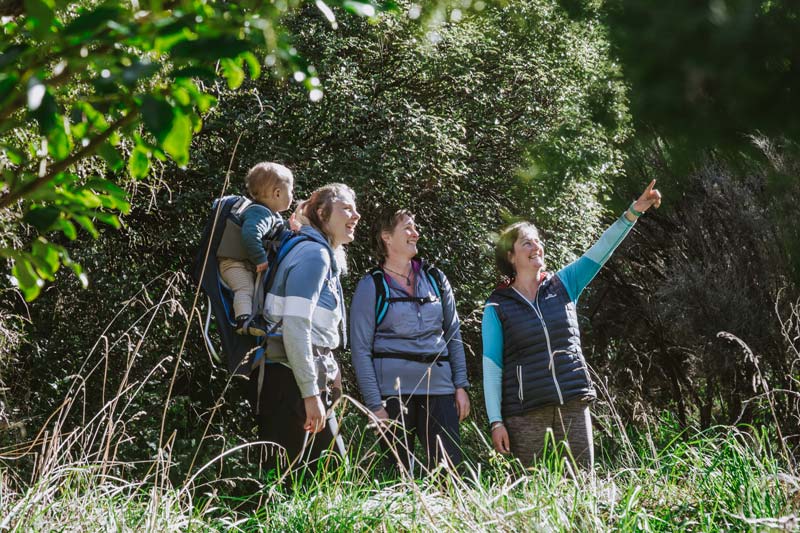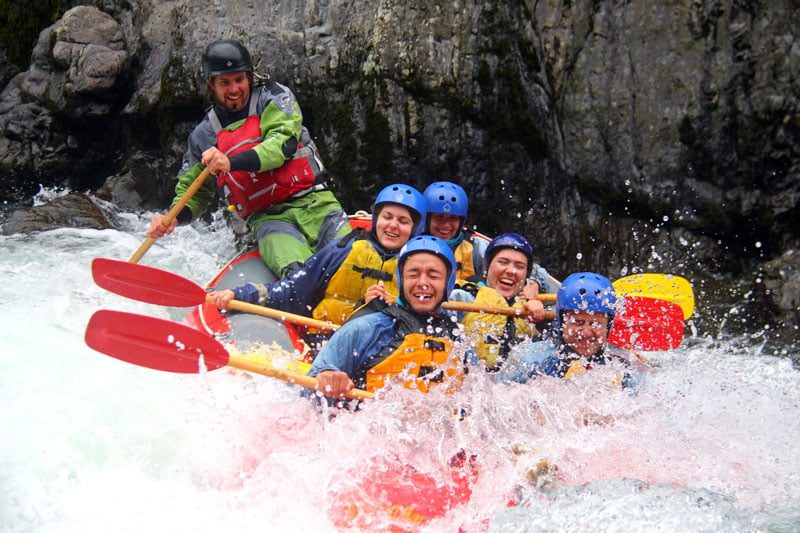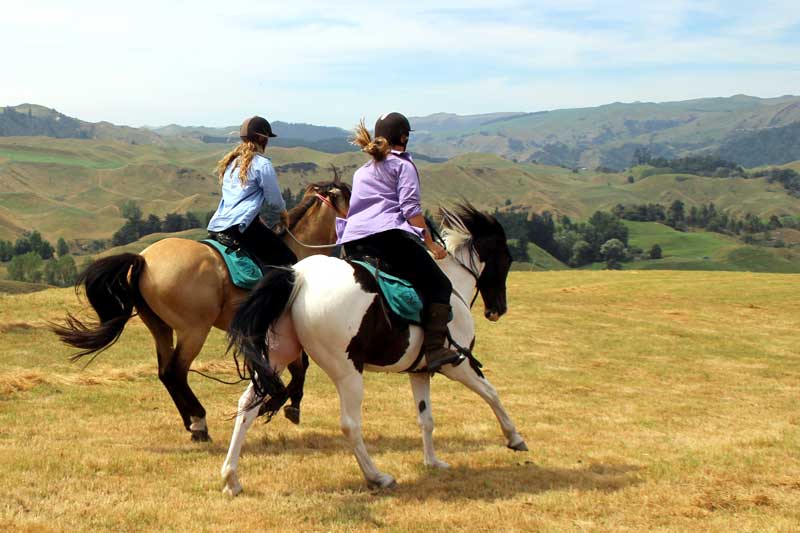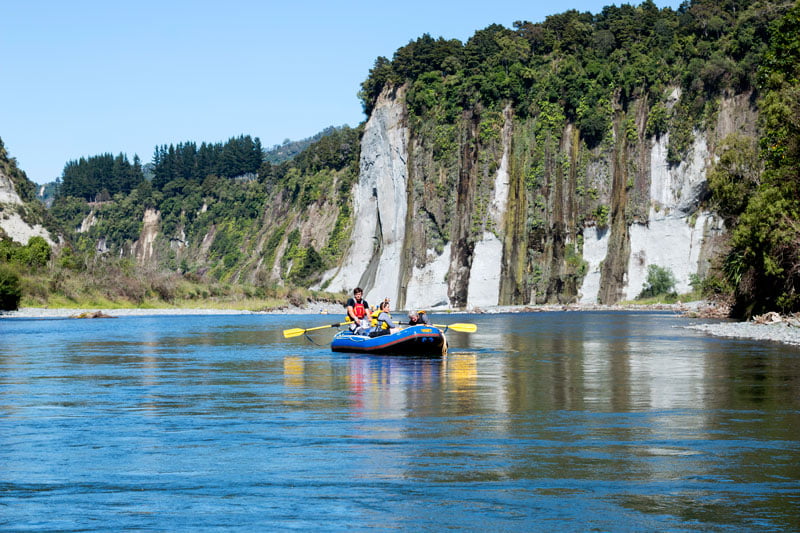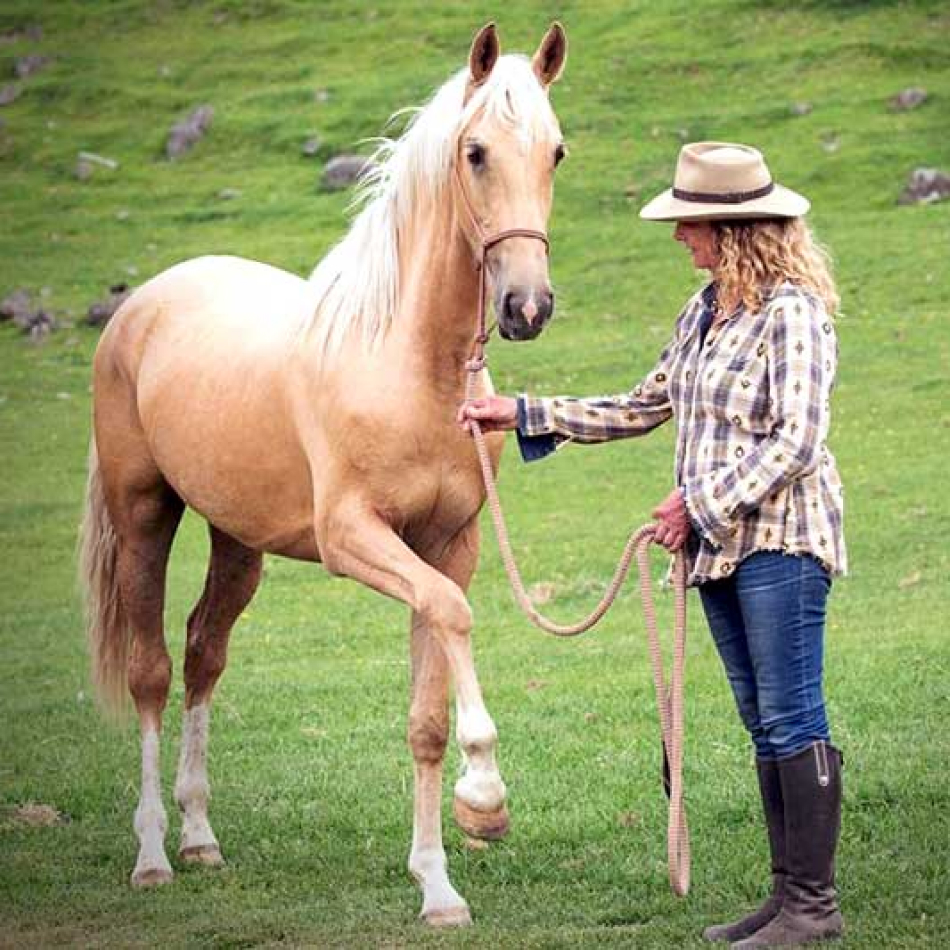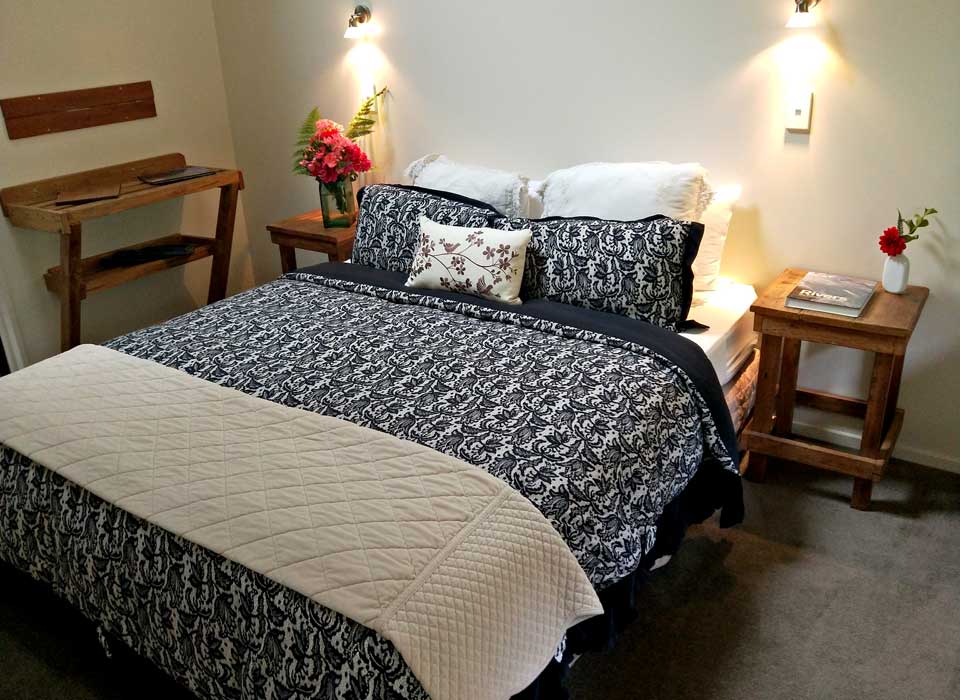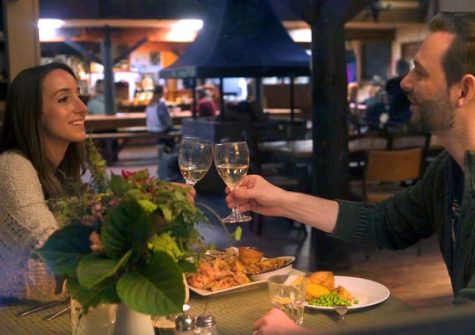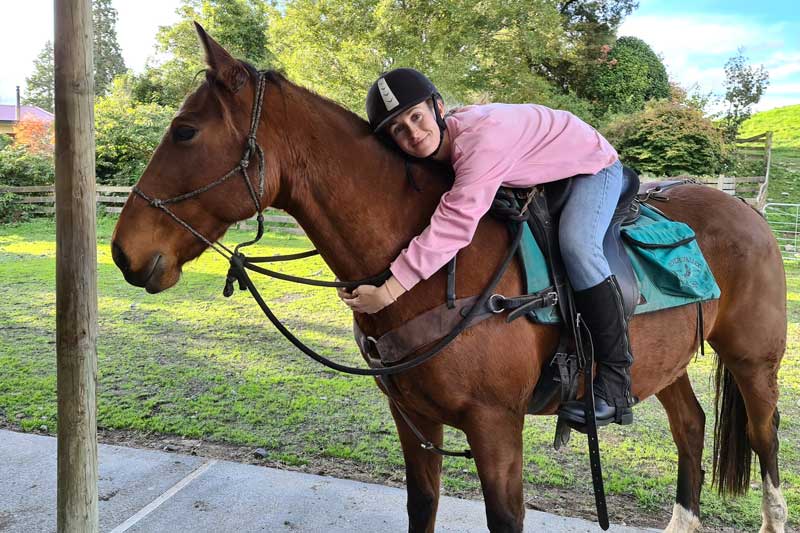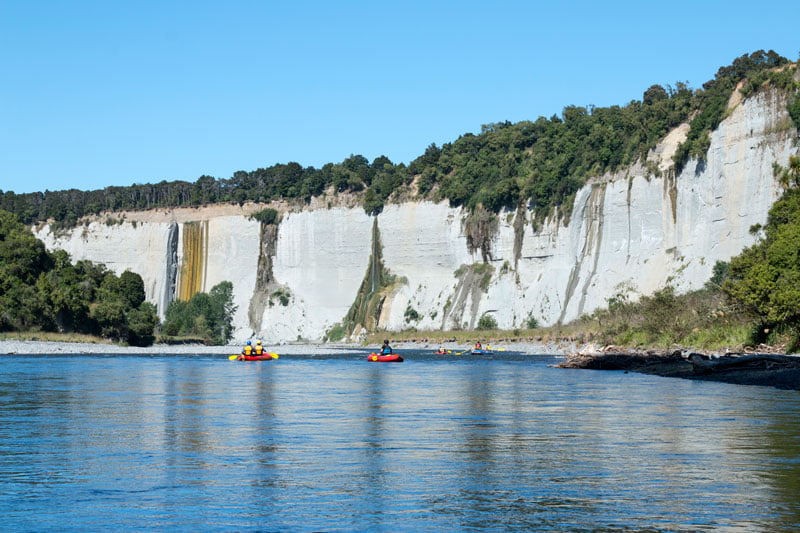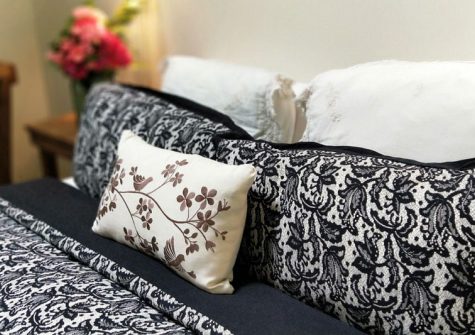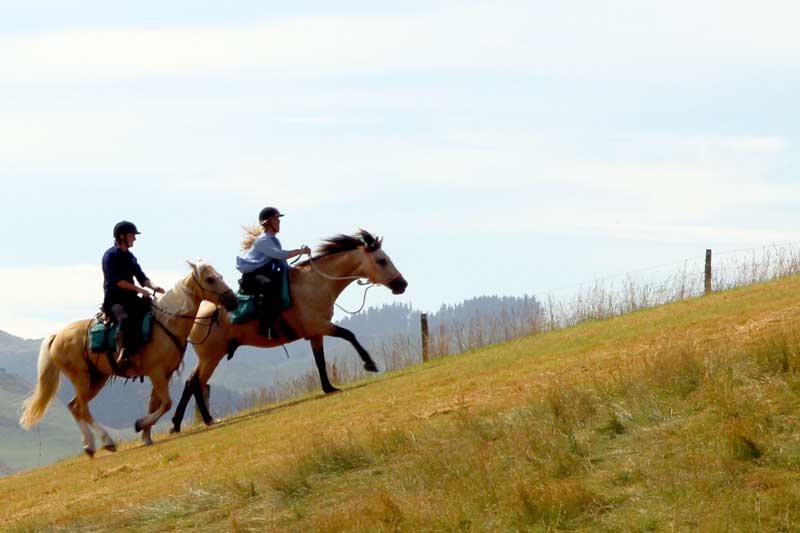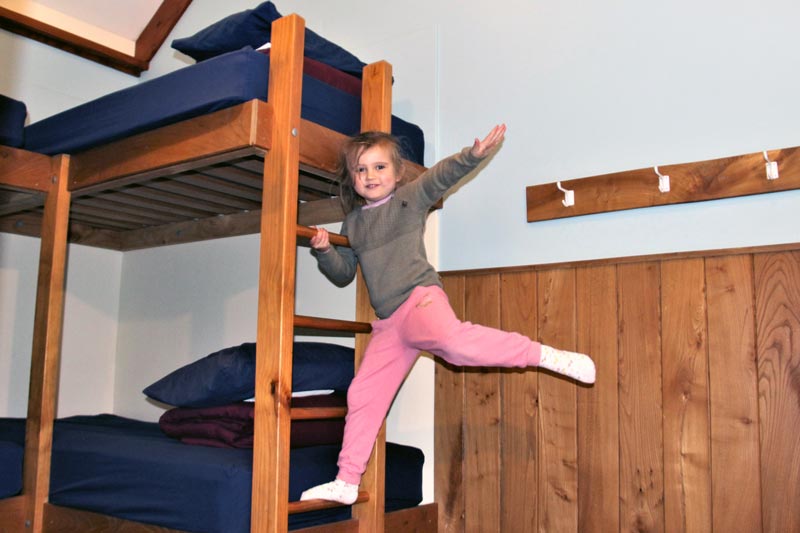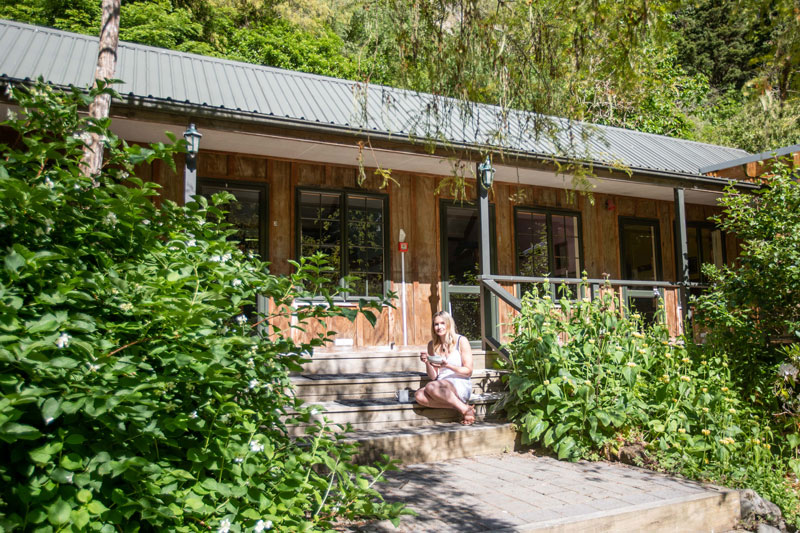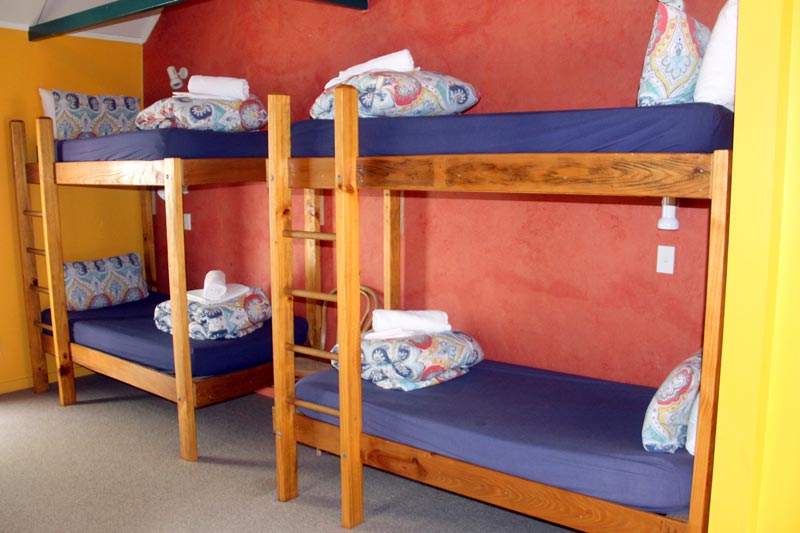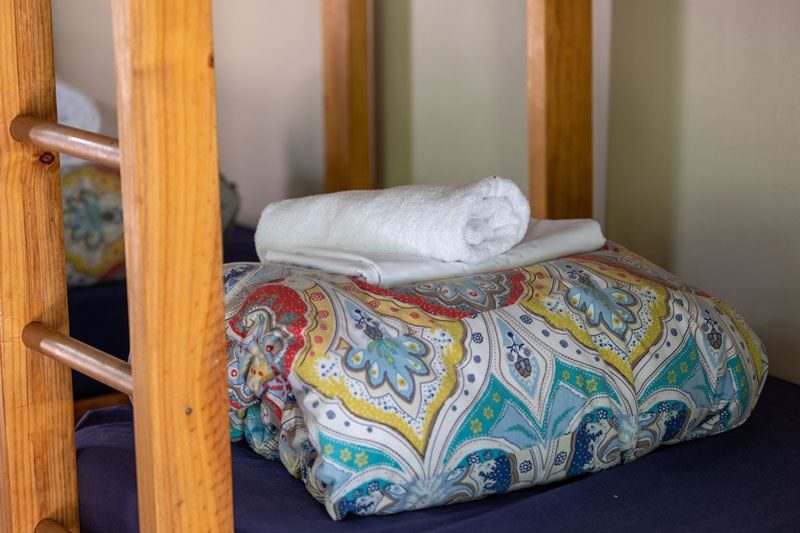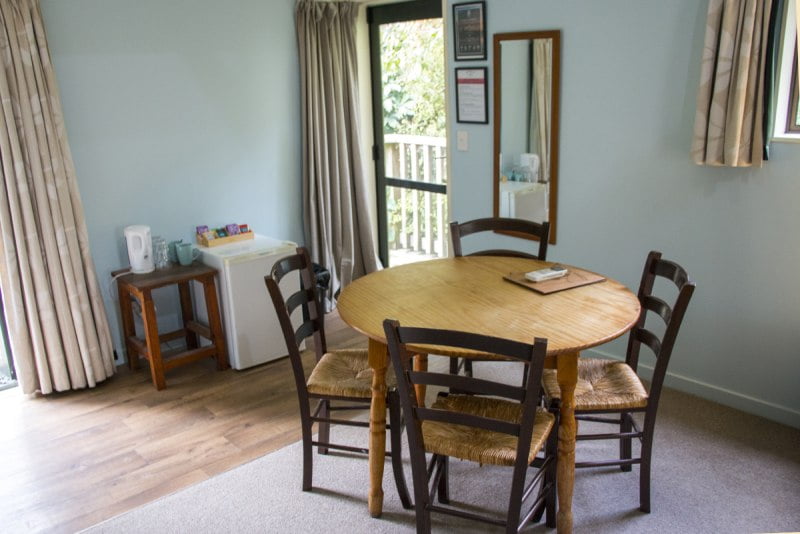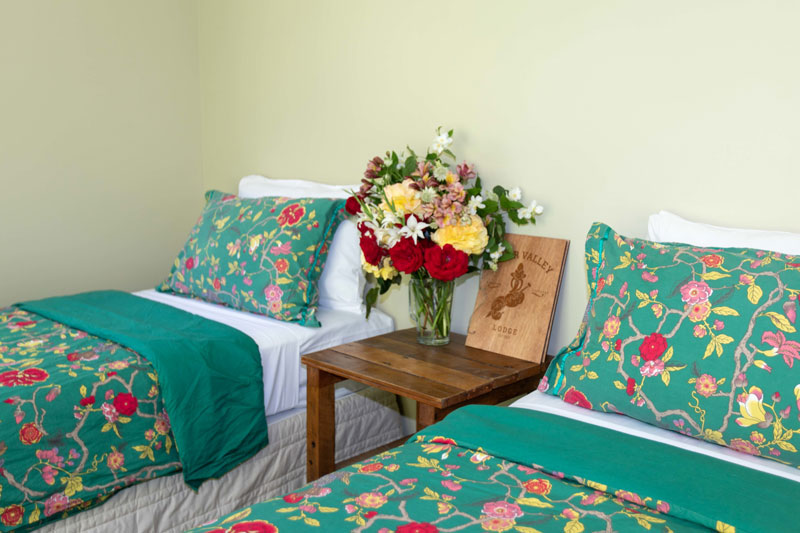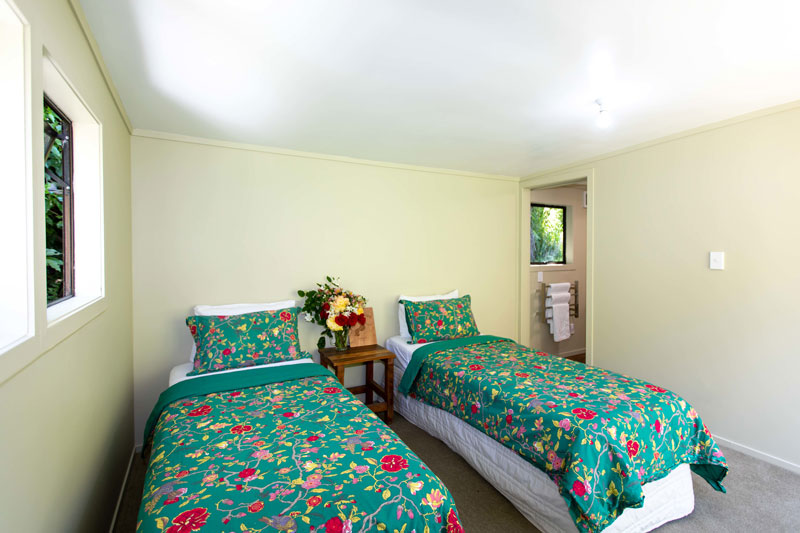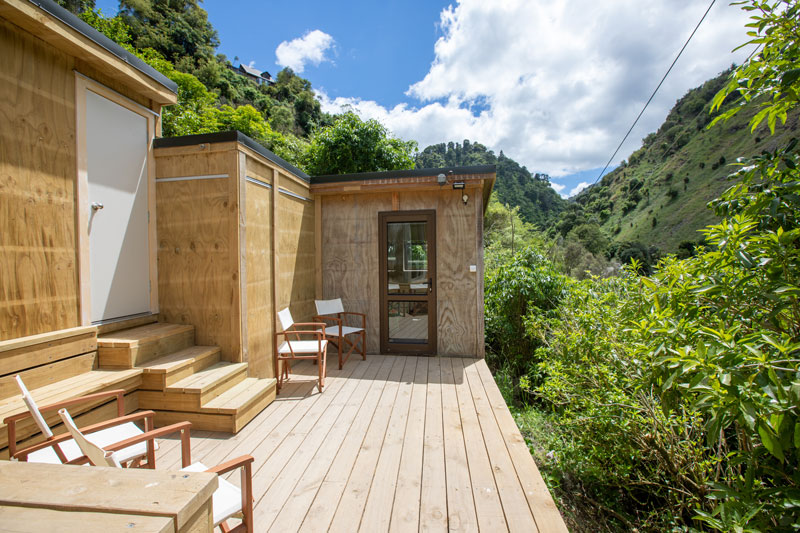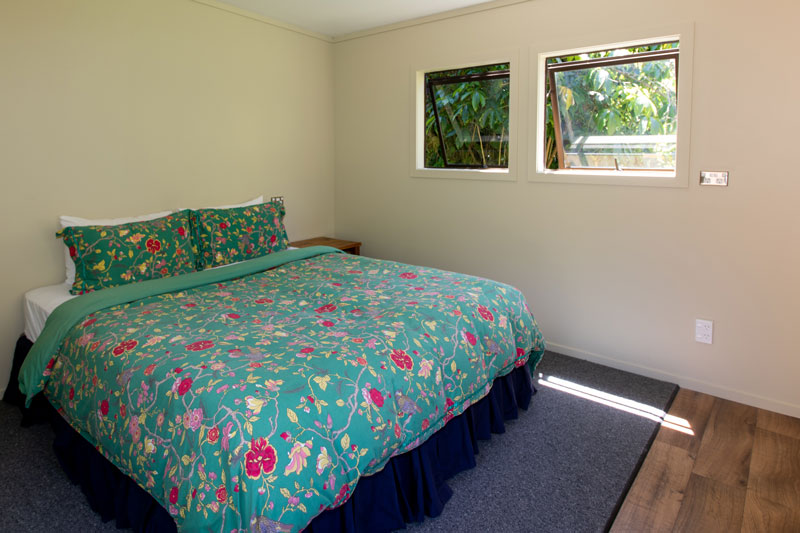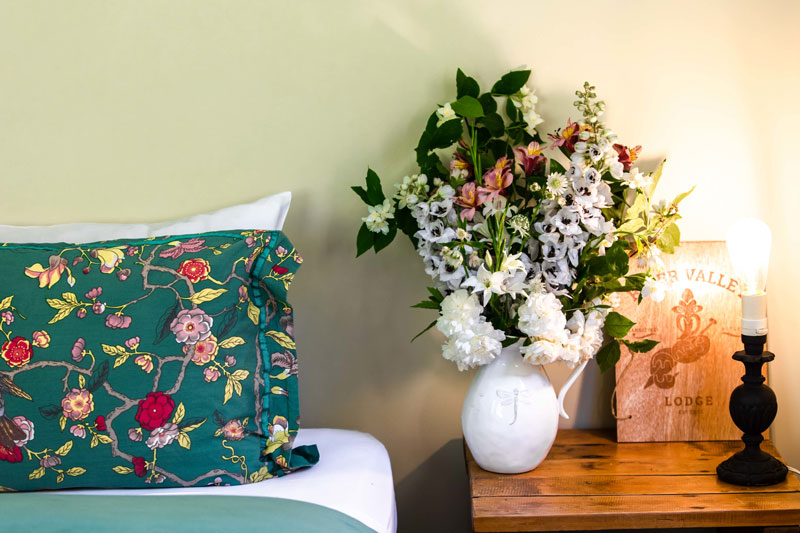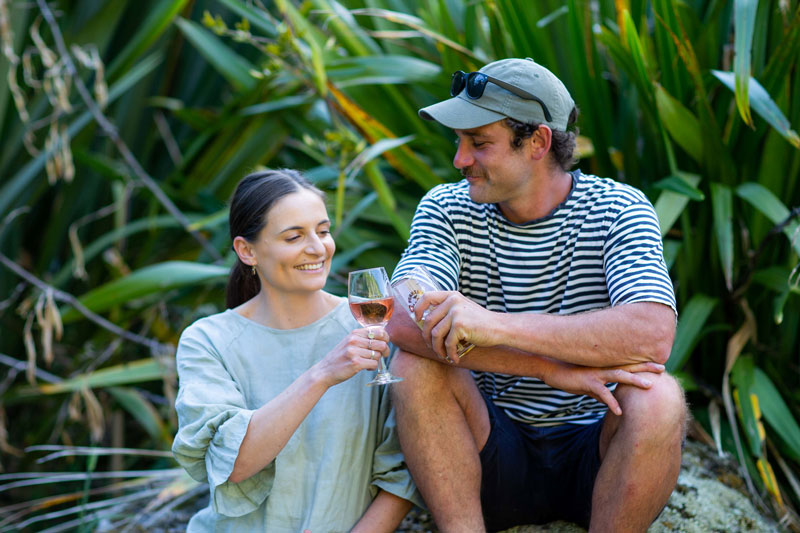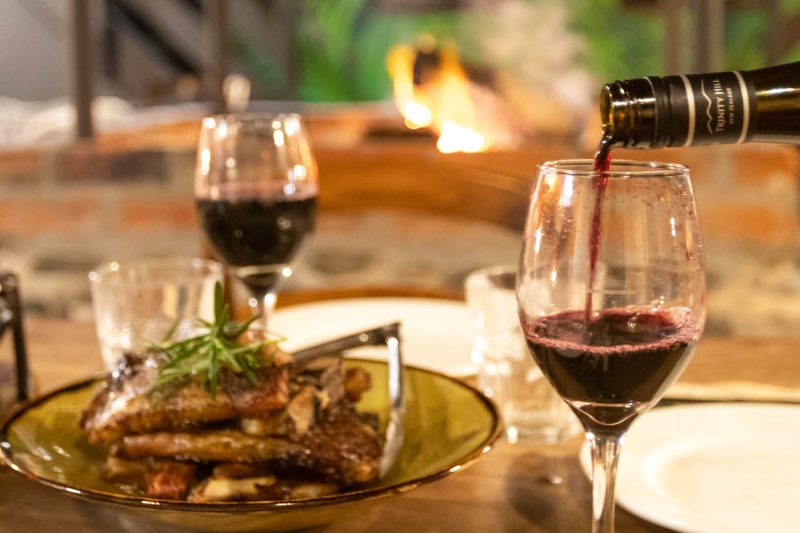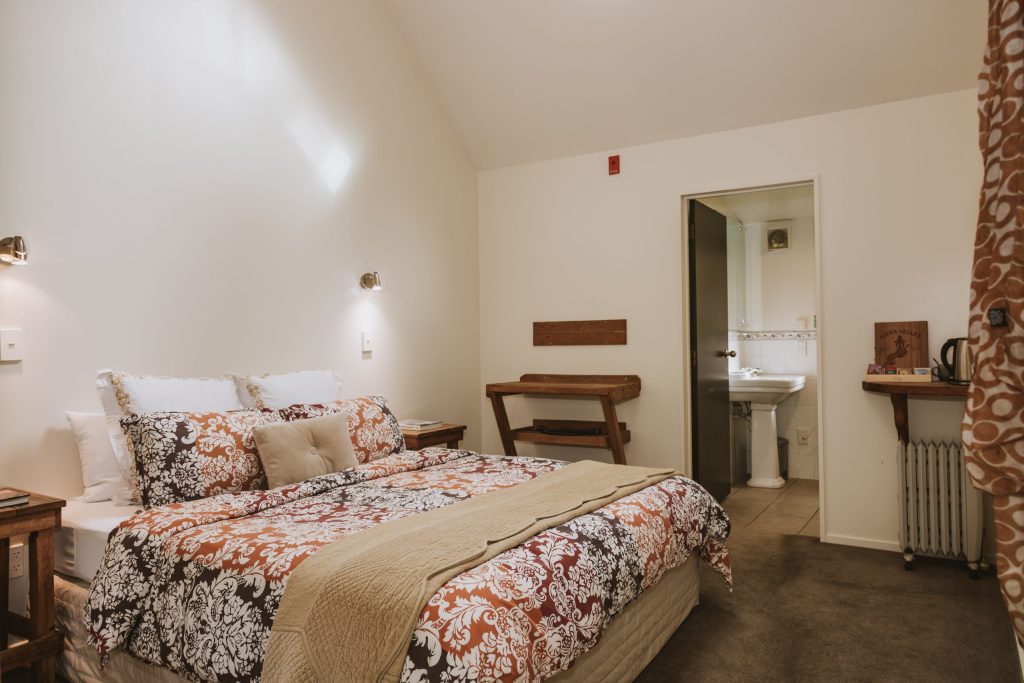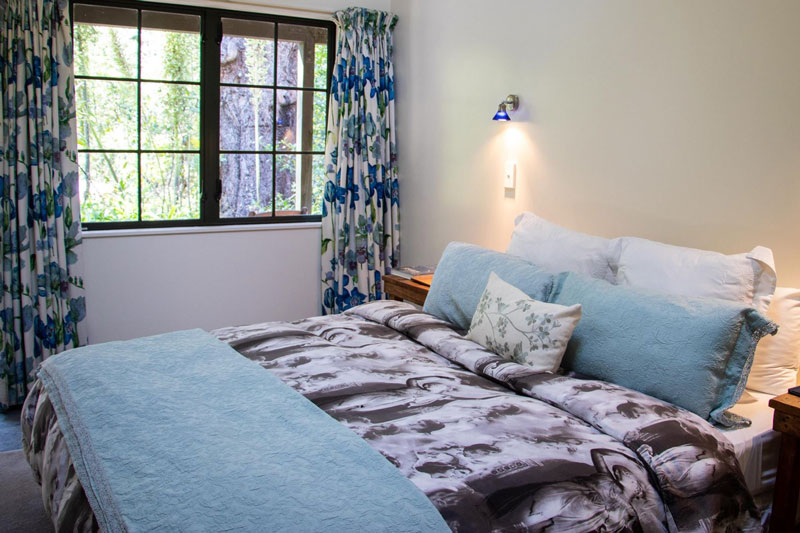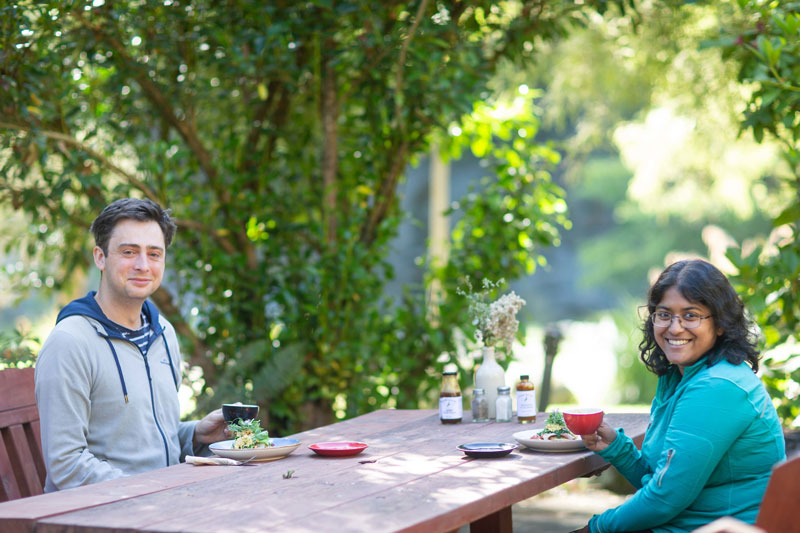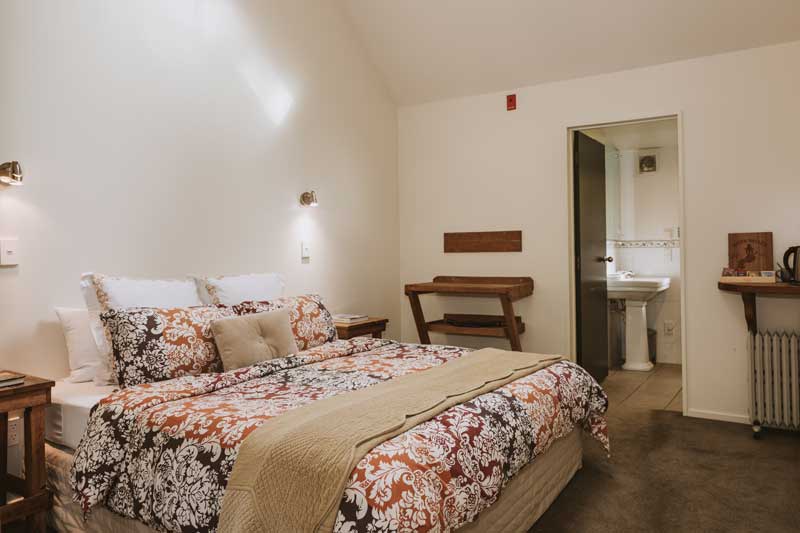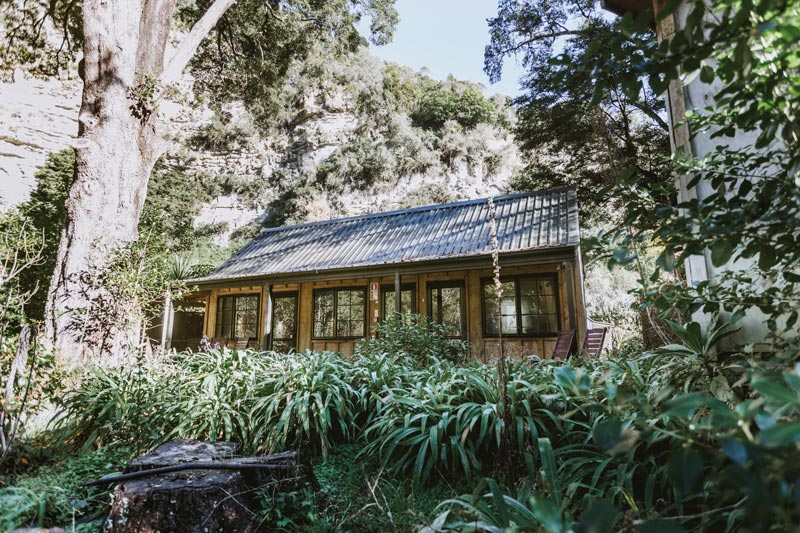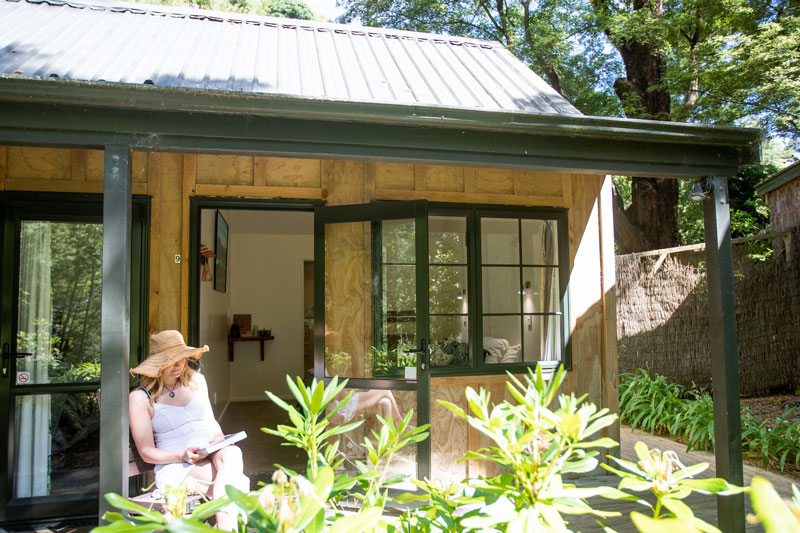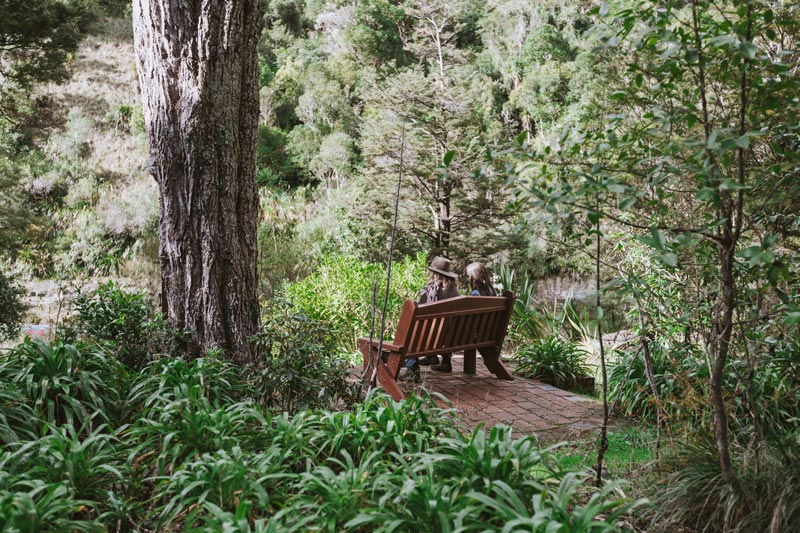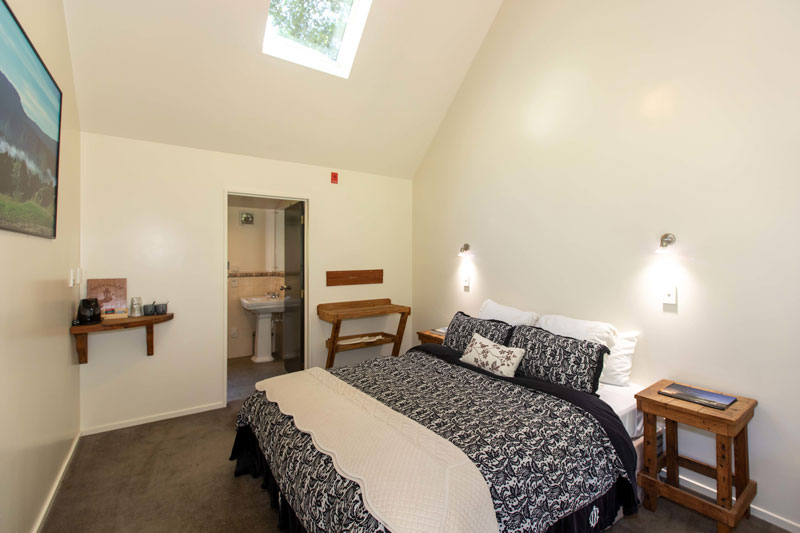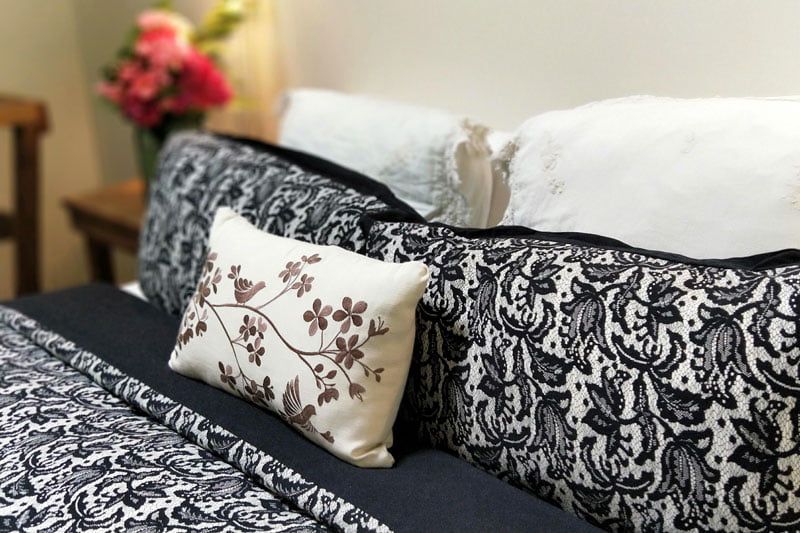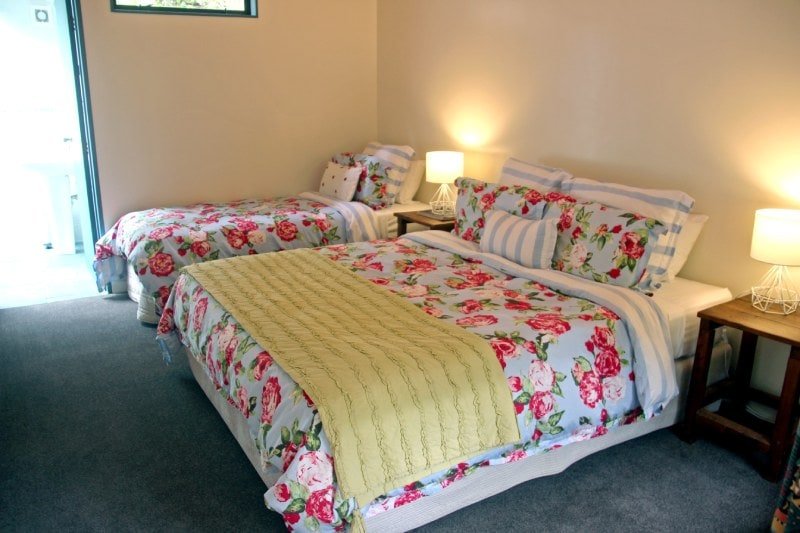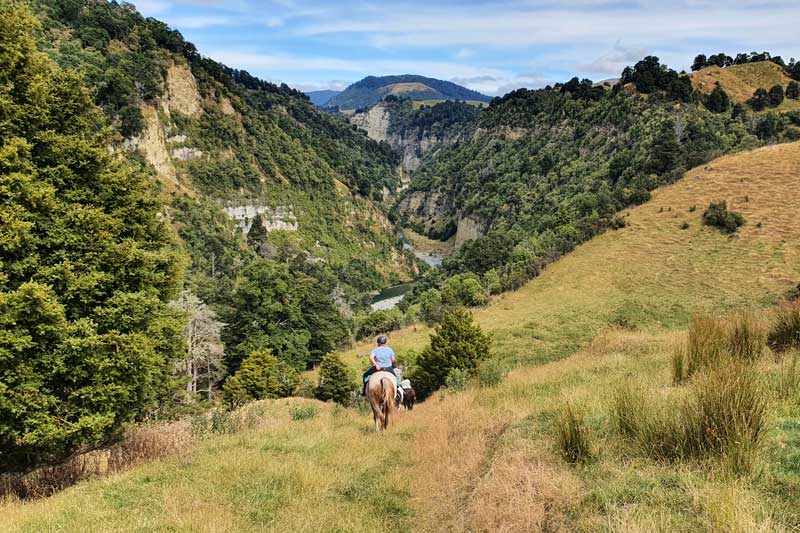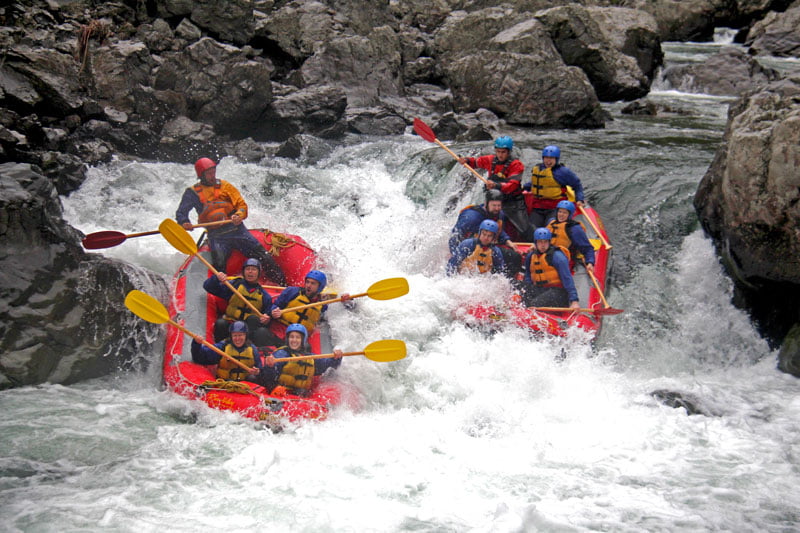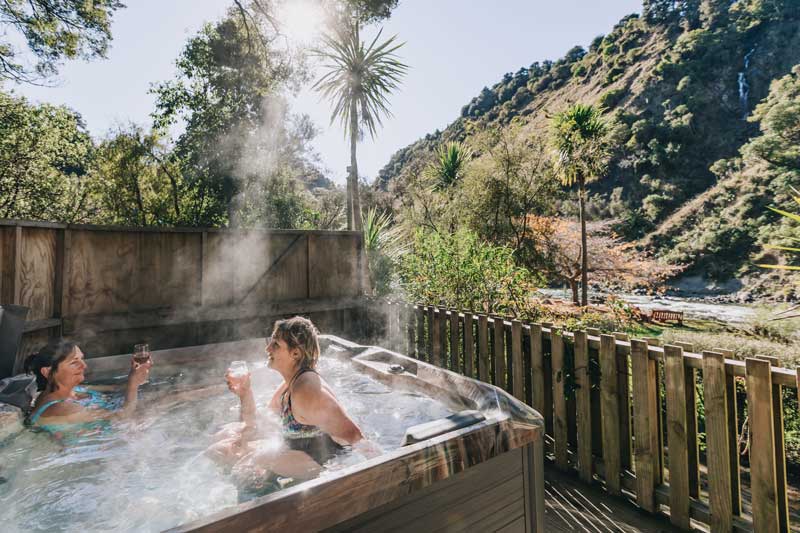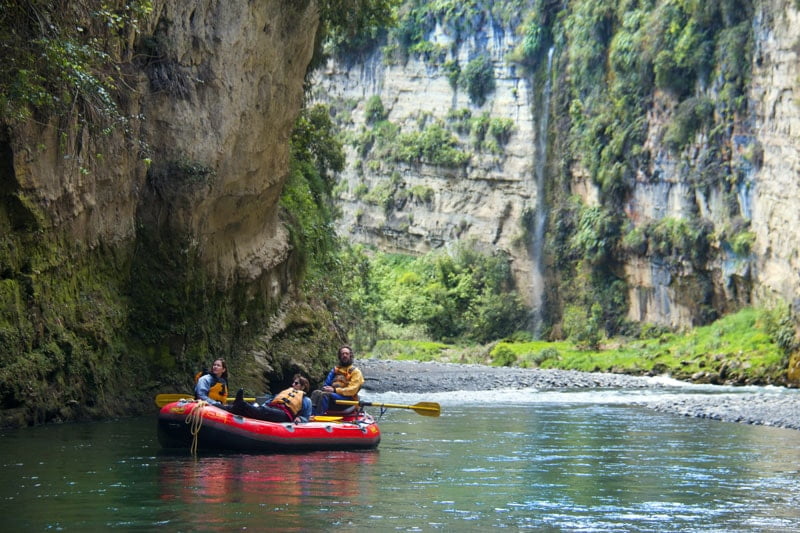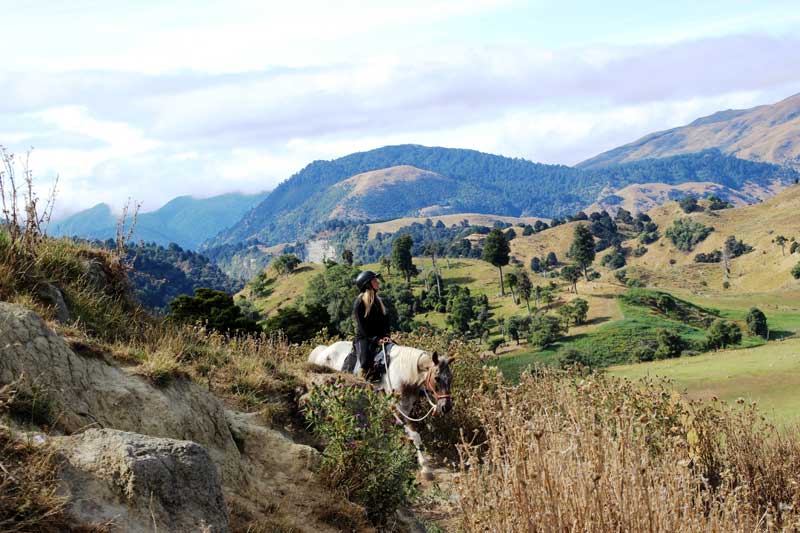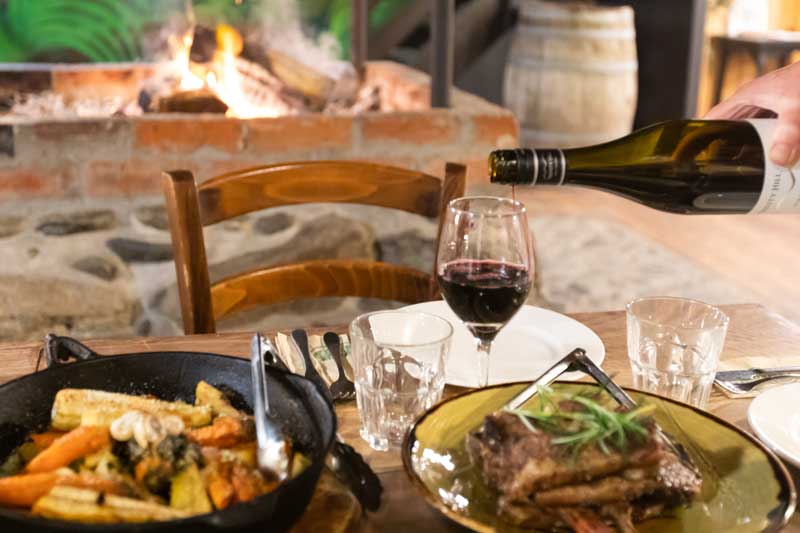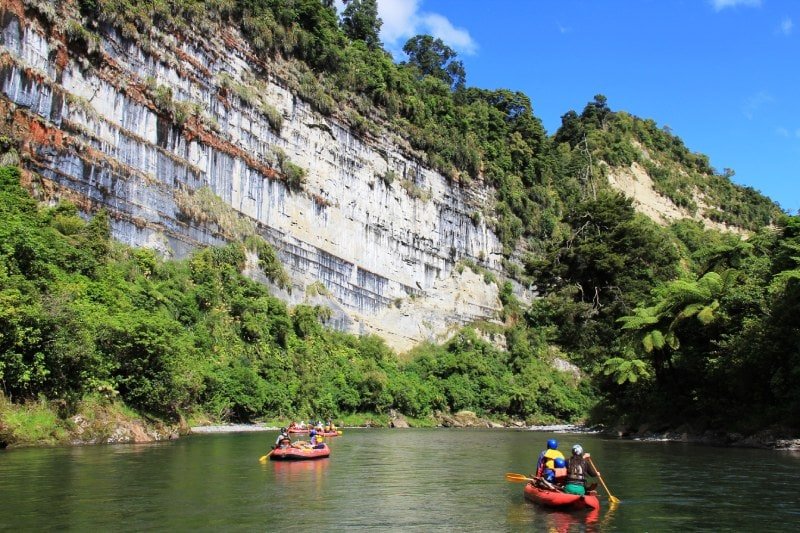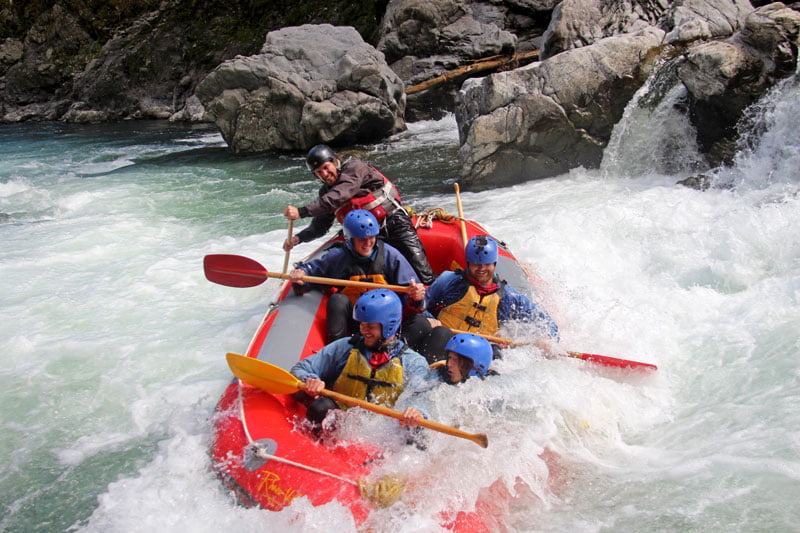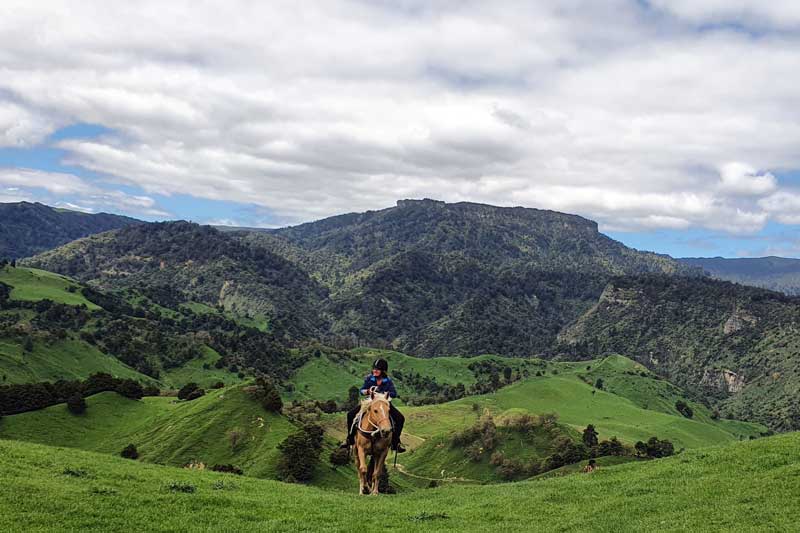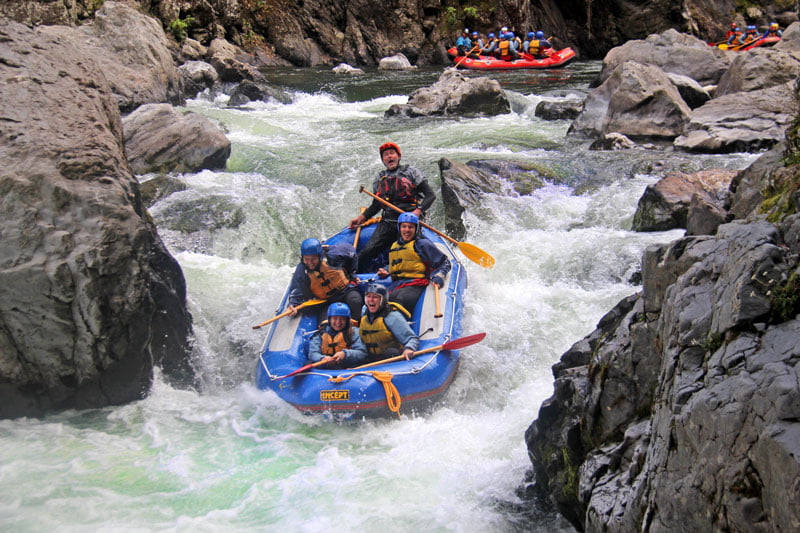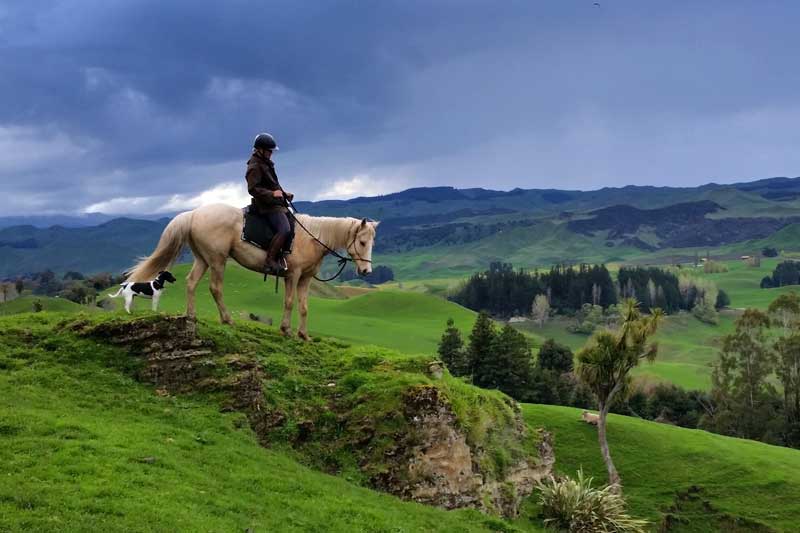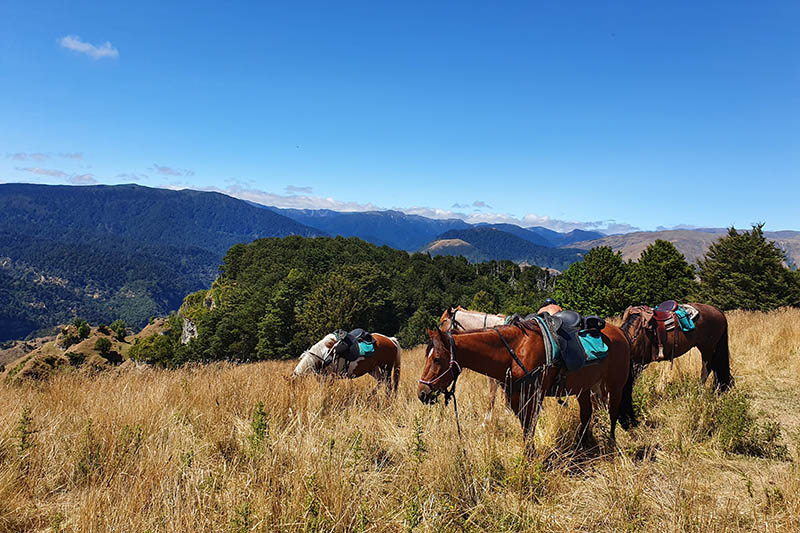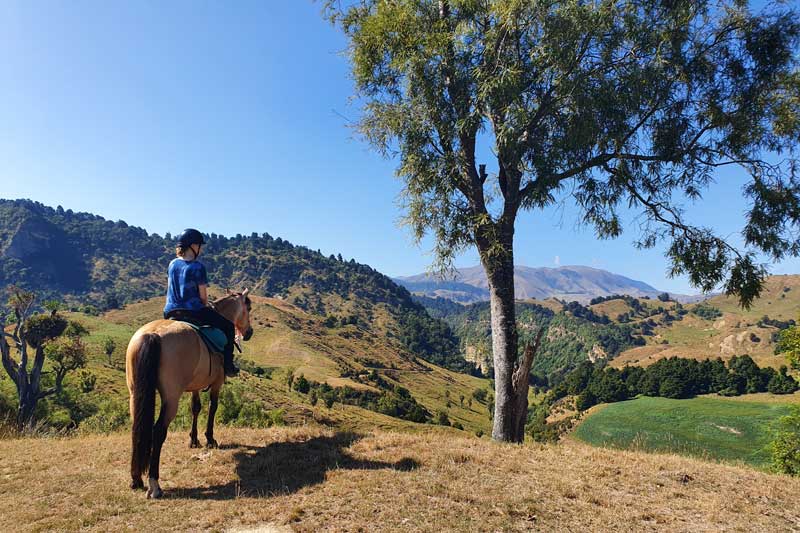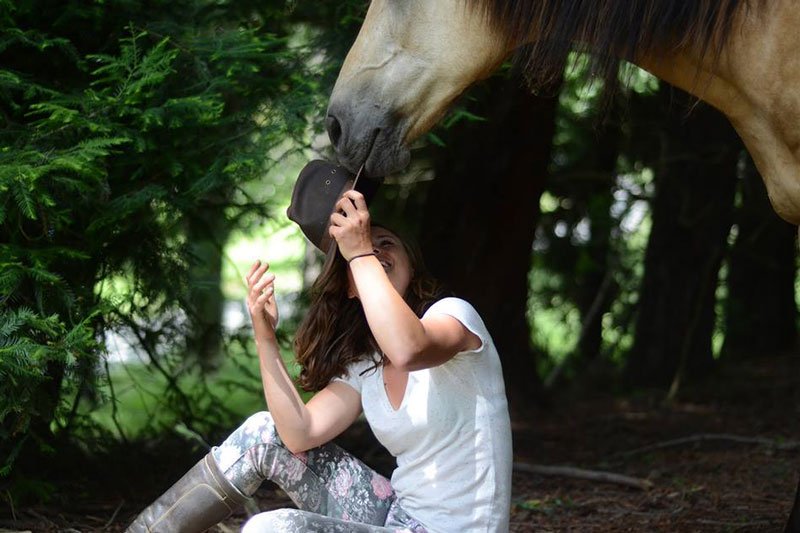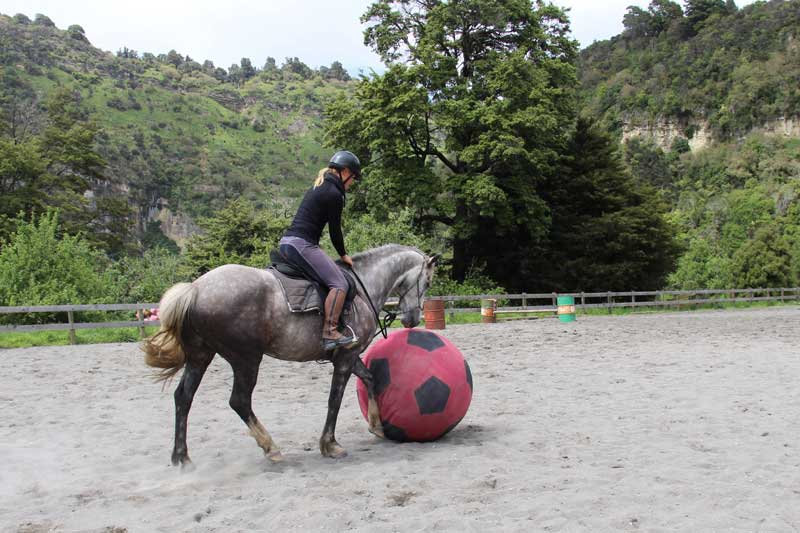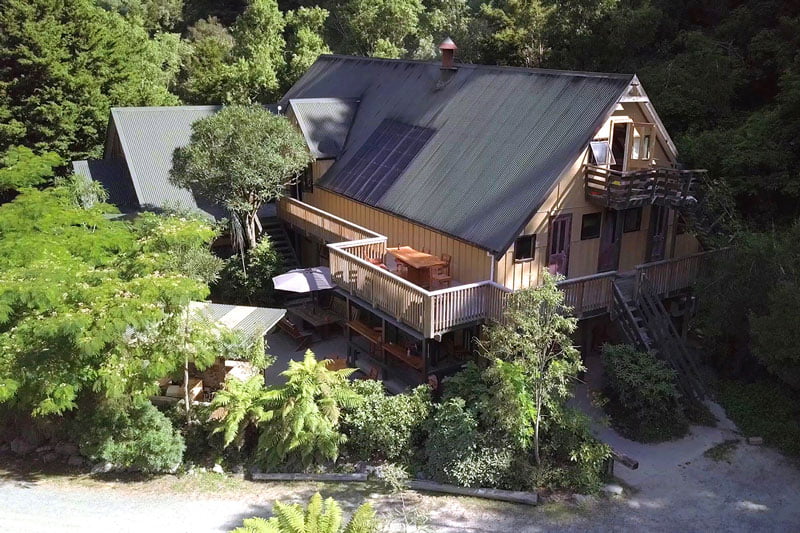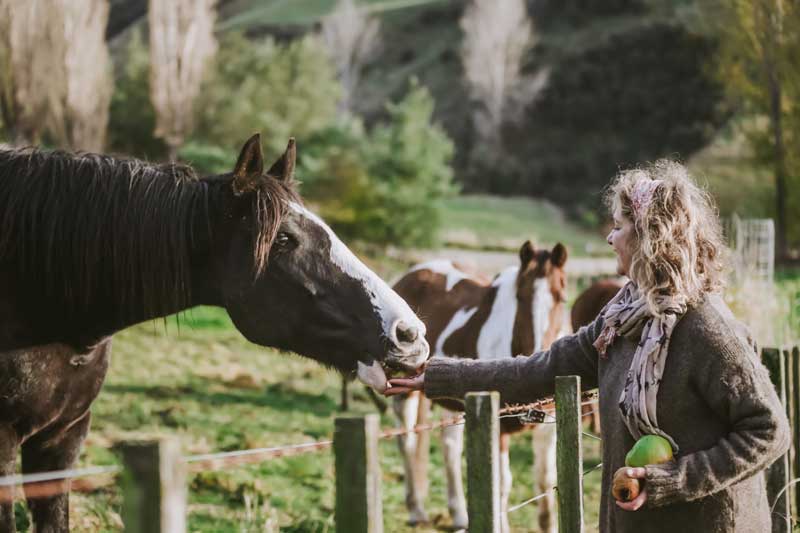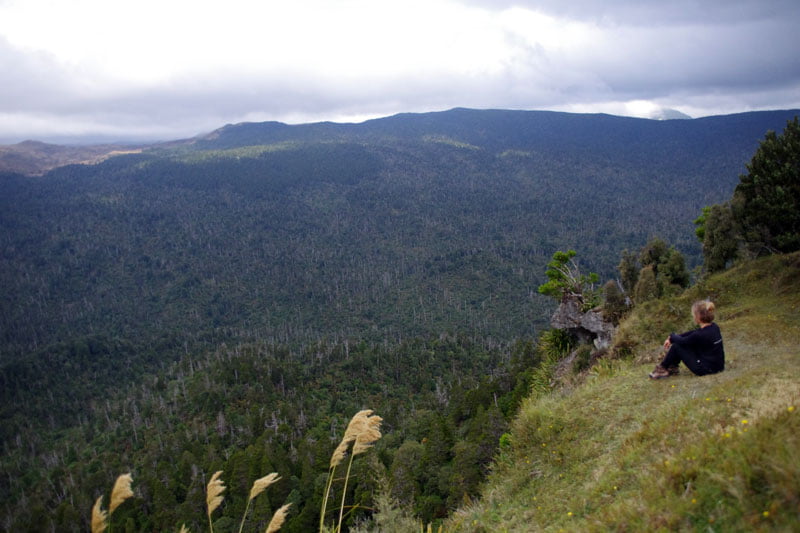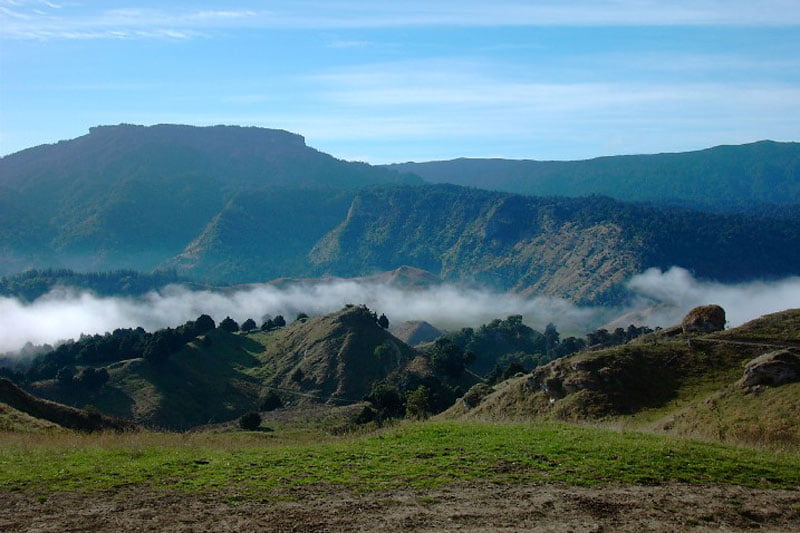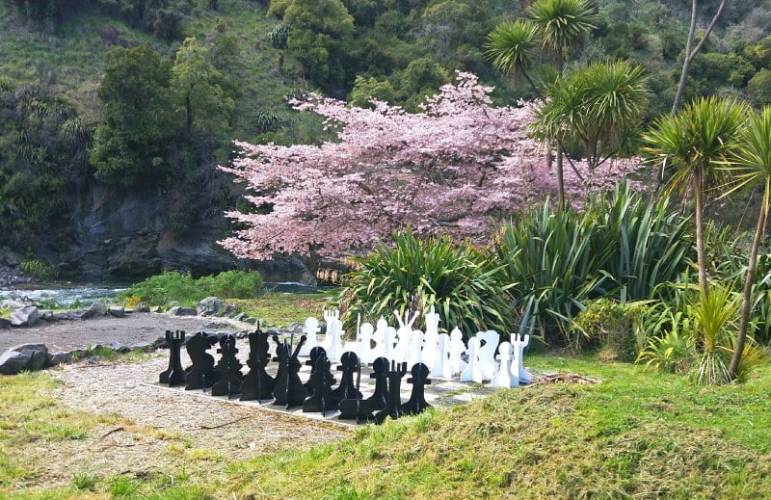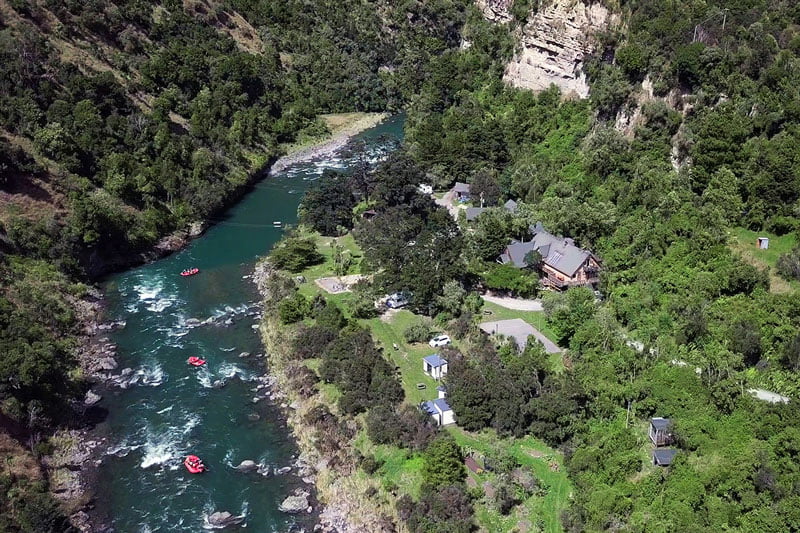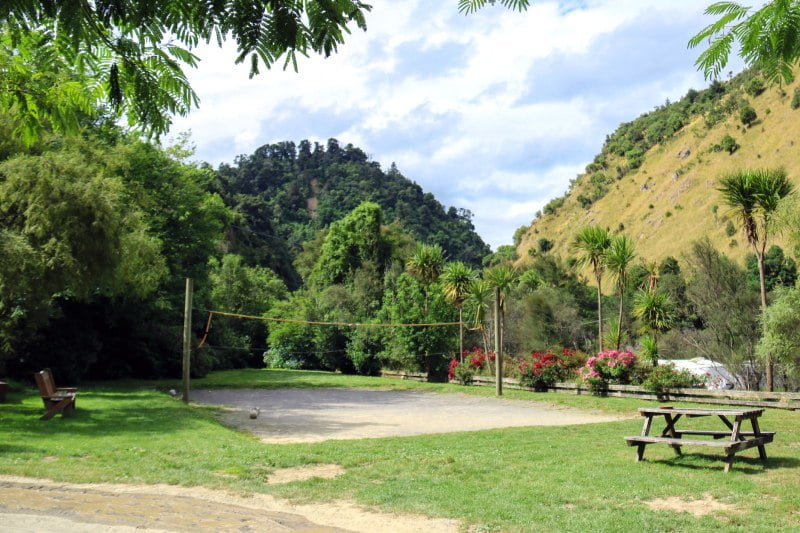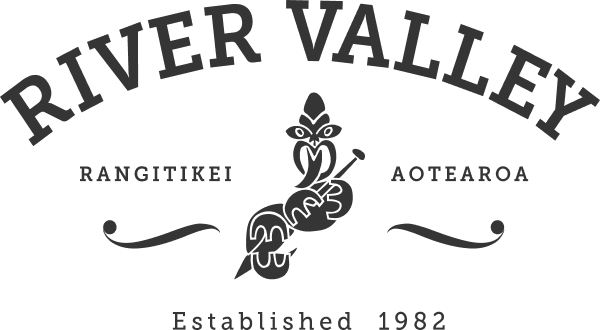How To Get Prepared For a River Valley Stables Horse Trek
Sore bum, sunburnt, scary and the horse seems to do whatever it likes. You did not picture your horse trekking experience to be anything like this.
First Of All Some Background
River Valley Stables offers a range of horse treks and horse riding holidays. In fact horse time from a couple of hours out to three or even four days. During the time that the Stables has been operating we have kept an eye on the things that can make people’s treks more enjoyable.
River Valley Stables is unique in only offering horse riding experiences with horses trained using natural horse training techniques.
What does this emphasis on natural horse training mean to you, the rider? For many people their idea of natural horsemanship is riding horses without the horses having bits in their mouths, and riding with a loose rein style. However natural horsemanship is much more than that.
Natural Horsemanship is about building a relationship with your horse, and part of that relationship is you, the rider, exhibiting leadership. A horse without that leadership not only does whatever it wants, but can also feel quite insecure.
The take away from this is to be prepared to develop a relationship with your horse, and in that relationship be prepared to be in control.
The second take away about riding with a natural style is that it can sometimes be easier to learn the techniques for someone who has never ridden before, than for someone who has trained with a more traditional style. If you are the latter you may have to be prepared to “unlearn” some stuff.

Horse and Riders with a Rangitikei backdrop. Choosing the right trek makes your riding experience so much more enjoyable
How To Choose The Right Trek
Let’s be honest here. If you have never ridden before, or have done little riding, then sitting on top of a horse several metres above the ground can not only be a little scary, but after several hours in the saddle you can be quite sore. Not just your butt, but also legs and knees. Being sore will certainly effect your enjoyment of a trek.
The take away from this is that you need to be honest with yourself and choose a length and difficulty of trek that is the best fit for your level of experience. The lower your level of experience, the shorter the ride should be.
How Riding Fit Are You
Even if you are an experienced rider, if you are not riding fit at the commencement of a longer ride, such as our Lodge to Lodge trek, then this lack of fitness could affect your enjoyment of what is a truly memorable and unique adventure.
This lack of fitness can be aggravated by the big hill country terrain some of our treks cover.
If you have booked a Lodge to Lodge or even Full Day trek it could definitely be in your best interests to get some time in the saddle before arrival at River Valley Stables.
Longer rides over big hill country require good rider fitness
What Are The Exceptions To The Fitness Rule?
An exception to this fitness rule is if you have booked a Home On The Range riding holiday. This is a Lodge based holiday where there is flexibility to change the length of time you ride each day depending on how you feel.
A Home On The Range package can be an excellent option if you want to improve your riding, or get fit for longer treks, or simply have a flexible horse orientated holiday.
What Clothing Would Be Best For Your Riding Experience?
At River Valley Stables we provide riding boots, chaps, helmets and on cooler or wet days, long Dry as a Bone style oilskin coats. We also have selection of thermal polar fleece wear if needed.
If doing a short trek, then the provided gear should be more than adequate. This leaves what personal clothing you should wear.
We would suggest that you wear long trousers and a long sleeved shirt. The long sleeved shirt is particularly important in the summer to keep the worst of the sun’s rays off you.
If you have booked a longer trek and have done some riding, then you may have some of your own riding gear. You are of course free to wear that, with the proviso that all our treks require riders to wear helmets.
Riders fully kitted out with gear for changeable weather conditions
Is There Anything Else?
A couple of other things do not want to be left behind.
First of all is a camera. Our treks range over big hill country with spectacular views. Scenes and views that you really want to be able to remember. We would suggest a point and shoot style camera rather than a DSLR. Of course some phones now also have incredible photographic capabilities and could be a good substitute.
During the summer sun block is important. For shorter rides a generous coating before departure would be sufficient, while on longer treks it would pay to take it with you. The other thing to take with you would be a water bottle, again especially for longer rides.
Summarising Everything
We have just covered off a few points that you need to consider in order to get the most out of a trek with River Valley Stables. Those points included:
- being prepared to develop a relationship with your horse
- being prepared to learn or “unlearn” techniques
- being honest about your level of experience
- making sure you are fit enough for the longer treks
- wearing appropriate clothing
- and finally, a few essential items to take along
We hope that this advice aids you in enhancing your horse riding experience with River Valley Stables.
If you have questions that you have always wanted to ask, please send us an email and we will get back to you promptly.
If you would like to learn more about, or experience Natural Horse Training at River Valley Stables, then click on this link.
To understand where the practices of Natural Horseman Training originated, please read this article.
Brian Megaw

